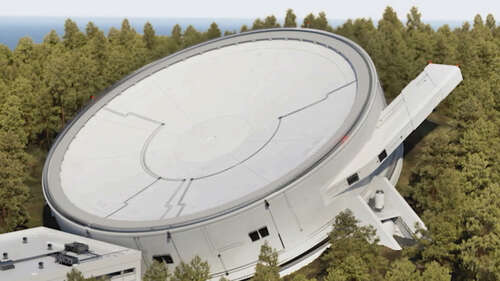
Somewhat surprisingly, the unconventional and complex launch chamber — and all that goes into making it functional — is potentially a huge improvement on the price performance of putting a payload into orbit. The electric launch system saves tremendously on the need for rocket fuel, which is doubly helpful. The fuel itself is expensive and often requires extremely cold temperatures, making it difficult to work with. Moreover, the weight of the fuel in a traditional rocket needs to be lifted off the ground by burning even more fuel, which adds even more weight, and so on. SpinLaunch largely skirts this issue.
The electric-powered rotating tether can recover some of its energy after releasing its payload by using regenerative braking. By having many identical and reusable capsules, SpinLaunch envisions a capability of 5 to 10 launches per day with a price tag of just $250,000 per flight.
That might sound like a lot, but according to NASA, launching the space shuttle to Low Earth Orbit cost $54,500 per kilogram, and SpaceX’s Falcon 9 costs $2,720/kg. At $250,000 per launch and a payload capacity of 200kg, that’s just $1,250/kg, or less than half the current competitive rate. The only disadvantage? Due to the tremendous forces, this is not a system made for humans. SpinLaunch has incredible potential to help further commercialize space, but they won’t be catering to space tourists anytime soon.

